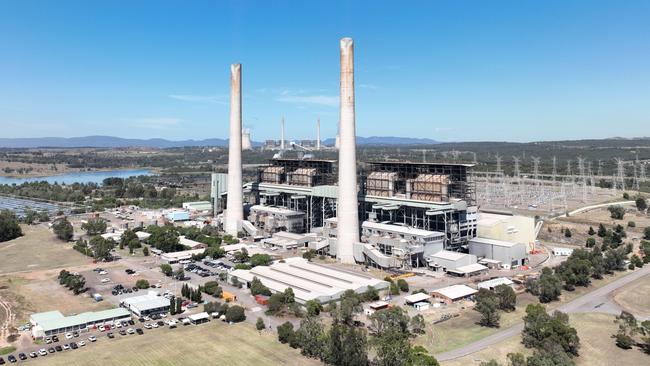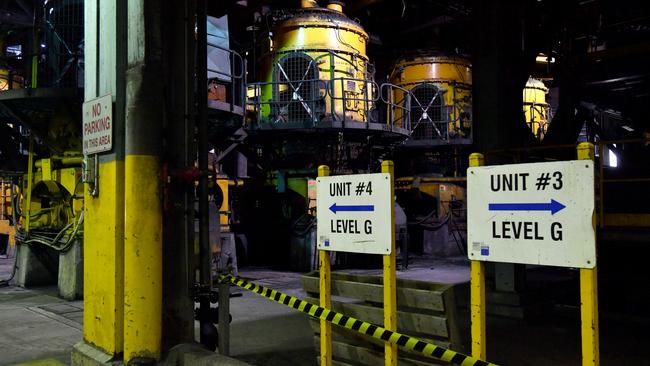Power transition requires more than good intentions

Governments of all persuasions and at all levels have been too slow to recognise the problems being created as hopes for a speedy transition to a lower greenhouse gas emissions network have not been matched by reality. Rising prices for electricity users and a shortage of supply of natural gas on the east coast are the result of market distortions due to government interference.
Against the promise of cheaper electricity bills made by the Albanese team during the election campaign, industry leaders now warn that prices will remain high for at least a decade. Political leaders have been seduced into believing today’s problems will be solved by simply building more renewable power. Environment Minister Tanya Plibersek fell into the trap on Monday when she said: “Renewable energy is cheaper. It’s cheaper as well as being cleaner.”
In the next breath, Ms Plibersek defended the government’s decision to spend $20bn on new transmission infrastructure. These are costs that must be included in the renewables calculation as well as the cost of providing back-up supplies to cover intermittency when the wind doesn’t blow or the sun doesn’t shine. Too little attention has been paid to the difficulty of achieving this task or the cascading failings already taking place in what is being attempted.
As things stand, we are forging ahead with destroying a system that has been reliable for decades and still supplies more than two-thirds of the nation’s electricity. But we are falling well behind in building the assets needed to keep the lights on and the wheels of industry turning.
In a special series of reports, Energy Crisis: How We Power the Future, we bring a focus to the hard truths that must be faced. As we report on Tuesday, two industry veterans have blown the whistle on how badly things have run off course. Alinta chief executive Jeff Dimery says he cannot see a way of building enough renewable energy sources to compensate for the loss of coal. The Snowy 2.0 pumped hydro project that is supposed to back up wind and solar is far behind schedule and billions of dollars over budget. The Victoria-to-NSW interconnector, VNI West, is scheduled to arrive three years after the Yallourn power station has been closed. Mr Dimery says “the whole transition is not lining up”.
This does not begin to take account of the difficulties likely to be encountered securing all the landholder and other agreements necessary to roll out thousands of kilometres of high-voltage power lines and hundreds of large-scale wind and solar farms. For proof, witness the delay in the timetable for two renewable energy zones in NSW, both central to that state’s renewable energy plans. And the view from BHP that the much-hyped hydrogen will be only a marginal player in global energy supplies into the future. Hopes that offshore wind developments will provide a ready solution fail to appreciate the hard lessons from abroad about the costs involved and disruption caused by periods of low wind.
Former Snowy Hydro chief executive Paul Broad says voters are being lied to that the transition is possible in the time frames that are being promised. He says the low-emissions transition is likelier to take 80 years. What is clear is that as coal-fired power stations close, power prices rise.

Following the closure of the Liddell Power Station in April, the cost of producing electricity in NSW hit the fifth-highest level for May on record despite a fall in the cost of coal and gas globally.
It is an undeniable fact that the world’s big greenhouse gas emitters, including China and India, are forging ahead with coal. And that our allies, including the US and Britain, are focused on ushering in a new era of nuclear power.
Governments must take stock of what is going on. Voters deserve more than glib one-liners that renewables are cheaper. They deserve to know there is a plan B to secure supplies at an affordable price when the inevitable delays happen and existing assets have been forced to close.






Failings in the nation’s energy market represent one of the most pressing issues for households, businesses and the economy.